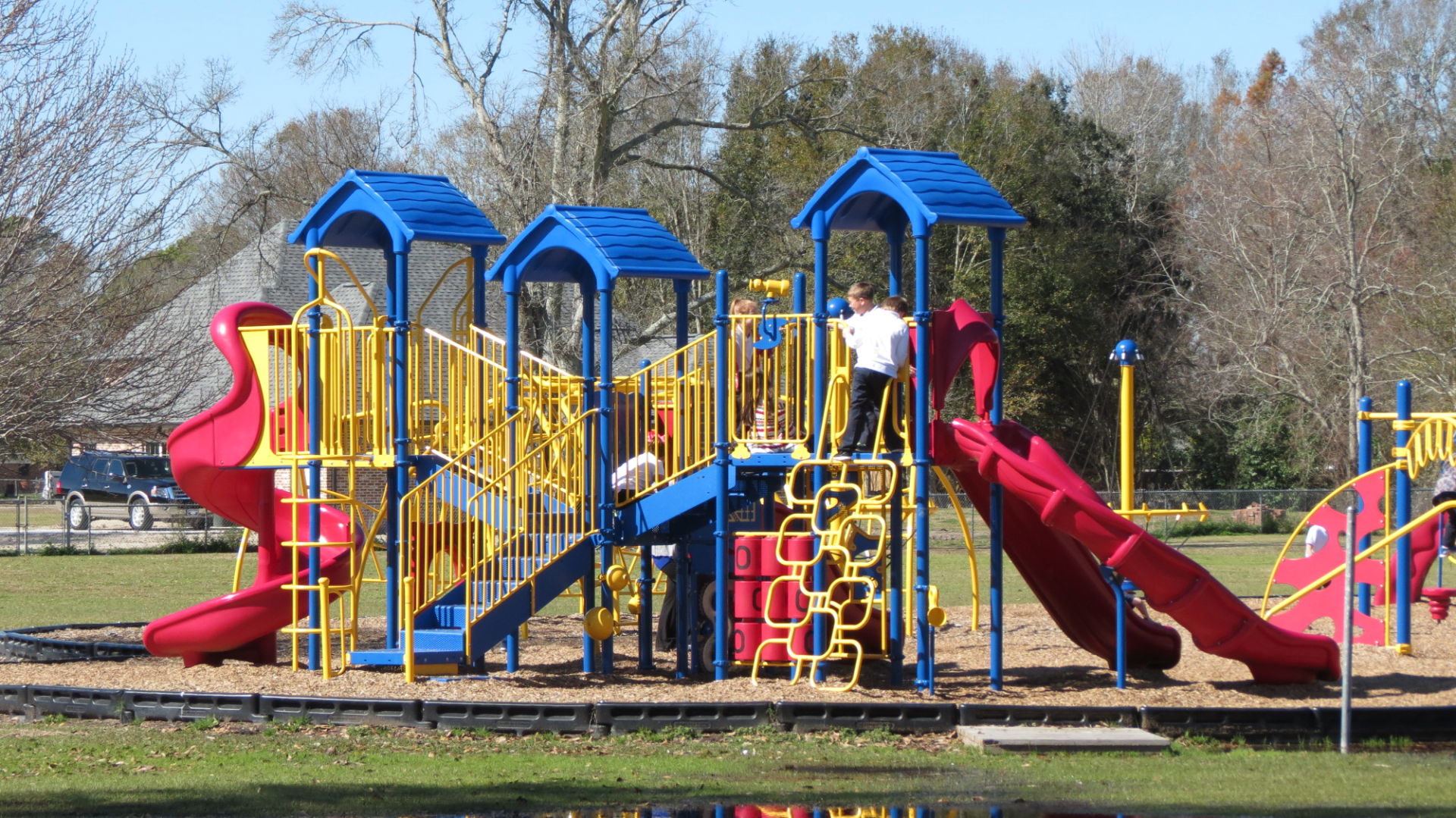
Mulberry expansion on hold until study’s completion
January 27, 2015‘Teach for Terrebonne’ begins: District hires 20-plus certified teachers at mid-term
January 27, 2015Already tasked with building a massive parish-wide storm protection system that local residents agreed to pay for when federal resources failed, the agency that provides Terrebonne Parish’s first line of defense against natural catastrophe has a surge of work scheduled for this year.
Already, officials of the Terrebonne Levee and Conservation District say, the parish is safer from some storm potentials that it was a mere three years ago.
The levee district has a full schedule of projects going out to bid, amid continued flood-protection construction.
The vulnerable parish’s protection system, according to levee district director Reggie Dupre, is already substantially improved beyond what existed when the last big storm challenges were encountered.
“We won’t know what happens if we have a direct Category 3 hit on Morgan City,” Dupre said. “But if there was another [Hurricane] Rita, another Ike, we can reduce 65 percent of the flooding that occurred with those events.”
Rita formed near the Bahamas less than a month after Hurricane Katrina devastated portions of the Gulf Coast, making landfall at Sabine Pass, Texas, Sept. 24, 2005.
Terrebonne Parish and communities to its west were profoundly affected by related flooding, even though the storm’s center remained well to the south.
Landing at Galveston on Sept. 8, 2008, Hurricane Ike resulted in major flooding damage to Terrebonne while 200 miles offshore during its westward Gulf trek.
Terrebonne residents and their officials have known forever that the area needs only a very high tide and a strong southerly wind for some places to suffer crippling floods.
Marsh degradation from the one-two punches of saltwater intrusion and land subsidence interchanges make what in some places would be moderate surges critical events.
The Morganza system, roughly 72 miles of earthen levees with 12 floodgate structures on key waterways and a 200-by-1,200-foot lock on the Houma Navigational Canal measuring 200 feet wide by 1,200 feet long, is being built piece by precious piece.
Years of tries to secure federal money for the project resulted in little action; the residents of Terrebonne opted to commit a half-percent sales tax to pay for the project themselves in 2012, guaranteeing nearly $100 million.
The combined benefit of new pieces to the Morganza puzzle and other projects, says levee district project manager Mitch Marmande, could be realized this year depending on what the 2015 hurricane system has to offer.
“I would say from looking at past storms, if we had the system we have in place now, some of those storms would have only affected us in very isolated areas of the parish,” Marmande said. “Certain places are still vulnerable and will be until we have a completed system, but this year we won’t see the widespread problems we had in the past. We are better off across the parish; the weak spots have had attention since those storms.”
The Lake Boudreaux basin, Marmande and Dupre said, is more protected than it has ever been. Bayou Little Caillou in Chauvin, the area near the Houma-Terrebonne Airport and other trouble spots have protection that is seen as “much more substantial.”
Work on the parish’s westward quadrant – protection from flooding related to the Atchafalaya Basin – continues, as improvements made in 2011 are built upon.
The inhabited area most affected there is Gibson.
Marmande began working on a feasibility report, doing specific prioritization of Gibson projects, with special attention to be paid regarding the eccentricities of Bayou Black.
Parts of Gibson are now subject to what is referred to as the Morganza western tie, Dupre said.
Meetings have begun with major landowners, and a game plan will take shape throughout the year.
“That’s out new area that we haven’t dealt with yet,” Dupre said. “We will be moving in that direction.”
As most Terrebonne residents know, the threat from storms during hurricane season is always greater locally when landfall is to the west; the worst-case scenario now, Dupre and Marmande said, is a storm forming in Mexico’s Bay of Campeche and taking a northeasterly track.
Those occurrences are rare, the two men acknowledged, but the potential is a consistent area of concern as projects are planned and executed.
“That’s our doomsday right now,” Dupre said. “That’s our worst-case scenario.”











